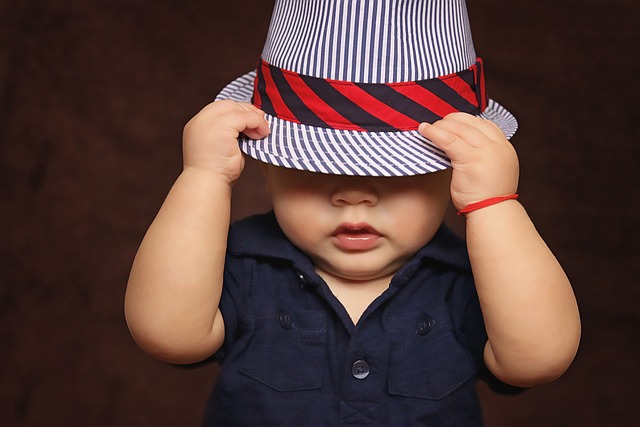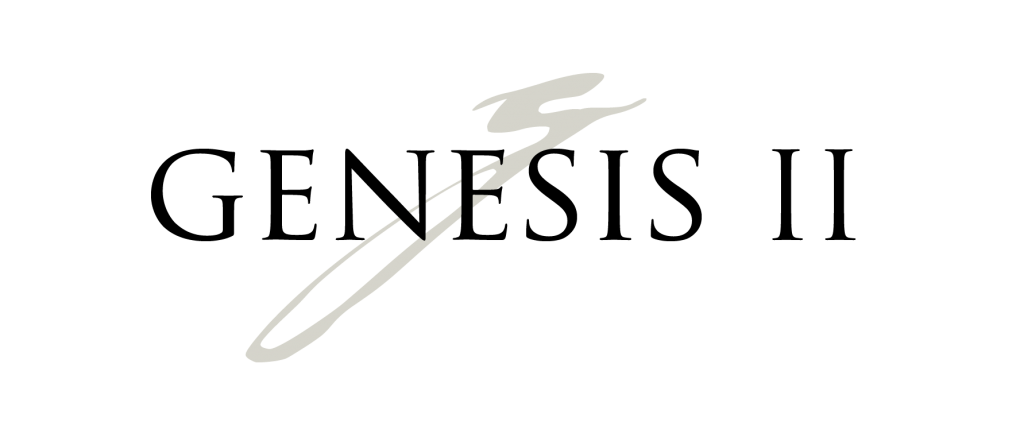
Have you ever noticed a bald patch on your baby’s head? Or maybe there’s more hair on the brush than usual after your eldest started school? Hair loss, or alopecia, can affect children as well as adults, and it can be alarming for parents to realize that their kids are losing their hair.
In most cases, hair loss is either preventable or treatable or will simply go away by itself. It helps to understand the causes of hair loss in children and know when to seek treatment or expert advice.
Non-Medical Hair Loss in Children
Many children will experience hair loss due to non-medical causes. Friction is a common one. Those baby bald spots are caused by abrasion—babies lie on mats and mattresses for extended periods of time when they’re born. Their little heads constantly rubbing against these surfaces can cause the soft, fragile hair to come out in small patches. This hair grows back as soon as they’re able to lift their head.
Braids and other tight hairstyles can also lead to hair loss. This is sometimes called traction alopecia. It’s preventable by avoiding overly tight hairstyles for your kids. Using strong chemicals and heated styling tools can also damage the hair, so limit the use of these for your kids.
Medical Causes of Hair Loss in Kids
The most common cause of hair loss in children is a fungal infection known as ringworm or Tinea capitis. It’s most common in kids aged 3–14 years of age but can occur at any age. It can be passed by sharing hairbrushes or hats with someone who is infected or via direct contact with someone who already has the infection.
Ringworm of the scalps causes bald patches because the infection damages the hair follicles. While it looks pretty distressing, it’s easy to treat with antifungal medications.
Hair loss can also be genetic or occur due to immune system disorders. This is usually known as Alopecia areata and affects one child in every thousand across the United States. In severe cases, the child may lose all their hair. This is known as Alopecia totalis, and it can be highly distressing for older children, leading to bullying and other social challenges.
Currently, there are no FDA-approved drugs available for treating children with Alopecia areata. A dermatologist or hair loss specialist may recommend some topical treatments; however, as the disease is a chronic condition, hair loss can reoccur at any time.
Parents can seek help from support groups and gain reassurance from speaking with other parents about their struggles. Kids can also join groups to learn that they’re not alone with their condition. As research into this disease continues, more treatments may become available for younger people suffering from this kind of hair loss.
While hair loss in children is always alarming, there is help and support available. At Genesis II, we can help children dealing with hair loss. To schedule a free consultation, click here.
Photo Credit: esudroff Via Pixabay

